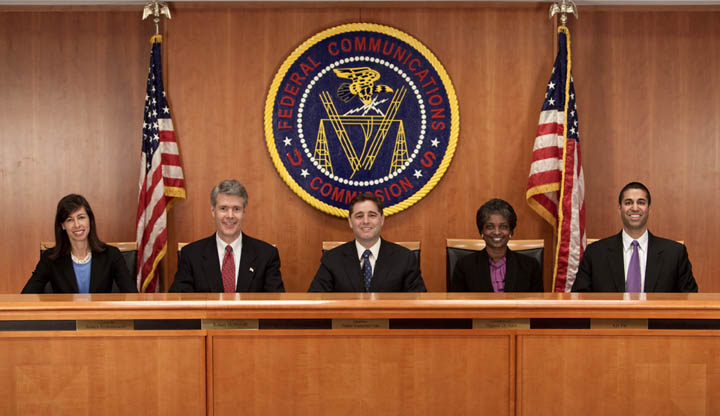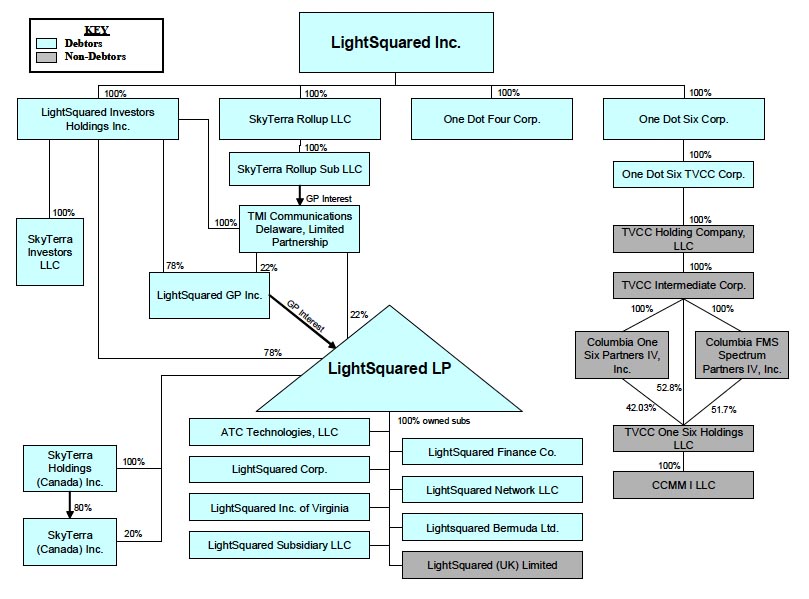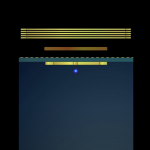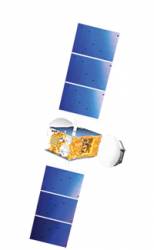
With the election finally over, and the chain of decision makers now largely clear, the spectrum war between LightSquared and the GPS community is heating up again with new fronts opening at the Federal Communications Commission (FCC) and Congress.
The focus of the action are changes to rules governing spectrum and receivers that, if enacted, could enable LightSquared to move forward with its plans for a high-powered, terrestrial broadband network.
With the election finally over, and the chain of decision makers now largely clear, the spectrum war between LightSquared and the GPS community is heating up again with new fronts opening at the Federal Communications Commission (FCC) and Congress.
The focus of the action are changes to rules governing spectrum and receivers that, if enacted, could enable LightSquared to move forward with its plans for a high-powered, terrestrial broadband network.
On November 7 the Federal Communications Commission published a petition for a rulemaking that would give LightSquared co-primary status, that is, equal rights to share the spectrum from 1675-1680 MHz, frequencies now used by the National Oceanic and Atmospheric Administration (NOAA) for transmissions from radiosondes that aid the agency in such things as weather forecasting and tracking hurricanes.
The firm, which says it will work to ensure government users do not encounter interference, already has the use of 1670-1675 though its subsidiary One Dot Six, Corporation — so approval would effectively give it 10 megahertz for the downlink for its proposed wireless broadband service.
The FCC is taking comments on the proposal under Proceeding RM-11681. At least one insider, who spoke on condition of anonymity, said the commission was poised to publish a second request for comments on another subject involving LightSquared in a matter of days. It is unclear what this new proceeding would cover.
LightSquared’s announced plan is to start operations using the frequencies shared with NOAA and continue that arrangement until new rules make it possible for the firm to use its existing spectrum at 1526–1536 MHz. That lower stretch of spectrum was the subject of intense debate until tests showed conclusively that a LightSquared service would cause debilitating interference to GPS receivers operating in a nearby band. If the current plan goes forward, the FCC almost certainly will look at receiver standards as one way to clear the band.
On Friday (November 16, 2012) the FCC issued a public notice inviting comment on LightSquared’s September 28 request to modify its original spectrum plan. Comments or petitions to deny the requested modification are due by December 17, 2012. These may be filed online by accessing the FCC’s Electronic Comment Filing System (ECFS) or by mail to FCC headquarters at 445 12th St., SW, Room TW-A325, Washington, DC 20554.
Congress Takes Another Look
Congress may beat the FCC to it though. Although it has not been officially announced, Rep. Greg Walden, R-Ore., is apparently planning a hearing on receiver standards as early as November 29. Walden is the chairman of the Communications and Technology Subcommittee under the House Energy and Commerce, which has jurisdiction over the FCC, and he expressed an interest in the subject earlier this spring.
“The staff and the members have been talking about doing such a hearing for a while, said a source familiar with the issue, “so this is no surprise.”
House Energy and Commerce is also holding a hearing on broadband spectrum auctions on December 12. Although it is a not part of the official subject, the LightSquared controversy could come up there as well.
House Energy has taken a keen interest in the LightSquared issue and its Oversight and Investigations subcommittee held a hearing in September about the handling of LightSquared’s proposal. In October, the committee also released more than a dozen emails and documents obtained from the FCC on the matter.
The released records made it clear that the FCC was keen to get LightSquared’s network in place and had already decided by the end of 2010 to issue the necessary waiver by December 20 — feedback not withstanding.
Tim Farrar of TMF Associates, a consulting firm on mobile satellites systems (MSS), believes the driver for the expedited LightSquared schedule was an FCC meeting on December 21, 2010 at which the commissioners were to vote on the highly controversial issue of net neutrality — a rule where network providers would not be allowed to limit the content flowing over, or the devices using, their digital highways.
We now know wireless systems were going to be left out of the new requirement to exercise net neutrality. LightSquared had already indicated it would adopt the standard voluntarily and giving the firm the go-ahead would have put pressure on the rest of the industry.
“It was certainly my feeling at the time that LightSquared was trying to position itself to be an advocate and a provider of a network that was going to comply with net neutrality principals,” said Farrar.
“Everyone knew that that was going to come out of the meeting on the 21st,” he added. “I thought that it was likely that they would want to try and take advantage of that. And the documents obviously show that there was an urgency around completing that prior to the December open meeting.”
FCC Records: L-Band last "block of 4G-ready spectrum"
The FCC documents recently released by the House committee provide other intriguing insights into the firm’s proposal as well.
In an undated PowerPoint presentation entitled “Reshaping the Wireless World” — redacted and clearly marked confidential — Harbinger calls L-band the “last major block of 4G-ready spectrum” and suggests the project could be expanded internationally.
There is an opportunity to “change the wireless landscape, return choice to consumers and break the incumbents’ stranglehold on value,” Harbinger asserted. The key, the firm suggested, was the ability to use ground stations or ancillary terrestrial components (ATCs) — the use of which had been expanded earlier to help networks fill service gaps in mobile satellite services. “ATC allows what was once satellite-only spectrum to be used in terrestrial networks and thus compete with mainstream carriers,” the presentation stated.
Although the document is not in the public docket, the number on the presentation indicates that it is part of IB Docket 08-184. The earliest of the three records in this docket is dated May 1, 2009; the latest, March 26, 2010. Harbinger was talking with the FCC on a confidential basis under this docket starting on Nov 24, 2009, when the FCC granted Harbinger and SkyTerra a protective order. During this period the FCC decided to grant Harbinger permission to buy SkyTerra.
As reported earlier by Inside GNSS, FCC documents show that the deal was predicated by Harbinger upon approval of a modification to SkyTerra’s ATC authority. The FCC granted a boost in the aggregate sector equivalent isotropically radiated power (EIRP) — a measure of its transmitted power — of up to 42 dBW in a separate FCC order and authorization, also issued on March 26, 2010.
The packet of documents released by the committee also make clear that the problem of receiver overload began to be discussed well before the GPS community became engaged on the issue in 2011. In a second PowerPoint presentation dated July 2010, LightSquared describes the need to coordinate with commercial mobile radio services (CMRS).
“After conducting extensive testing LightSquared believes that most of the GPS timing devices CMRS carriers are currently using lack front-end filtration of any kind,” says the presentation. “These receivers will be highly susceptible to front end overload when they are located in the main beam of a LightSquared transmit antenna to a distance of approximately 218 meters.”
Filters were available, said LightSquared, which added that it believed CMRS carriers would choose to replace any vulnerable receivers.
Will LightSquared Consultant Karl Rove Focus on the issue?
In addition to the new FCC proceeding, the potential hearing and the Energy committee’s document release, another development could potentially shape the upcoming debate over LightSquared.
Republican powerbroker Karl Rove, a consultant to LightSquared, said this week he is shifting the activities of his super-PAC American Crossroads and its spinoff Crossroads GPS to include lobbying. The change in strategy came after Rove and the GOP took a widely acknowledged beating in the November 6 election and were determined to adjust their approach.
Although it is not clear if the Crossroads organizations will be brought to bear on the issue of LightSquared, Rove’s perspective is clear. He penned an editorial in the politically-focused newspaper Politico that cited the handling of LightSquared as an example of how the Obama officials were “job killers” and said the GPS community had been “poaching” LightSquared spectrum.
Should Rove choose to dedicate even part of his energy and resources LightSquared’s cause, it could be a game changer for the GPS community.






